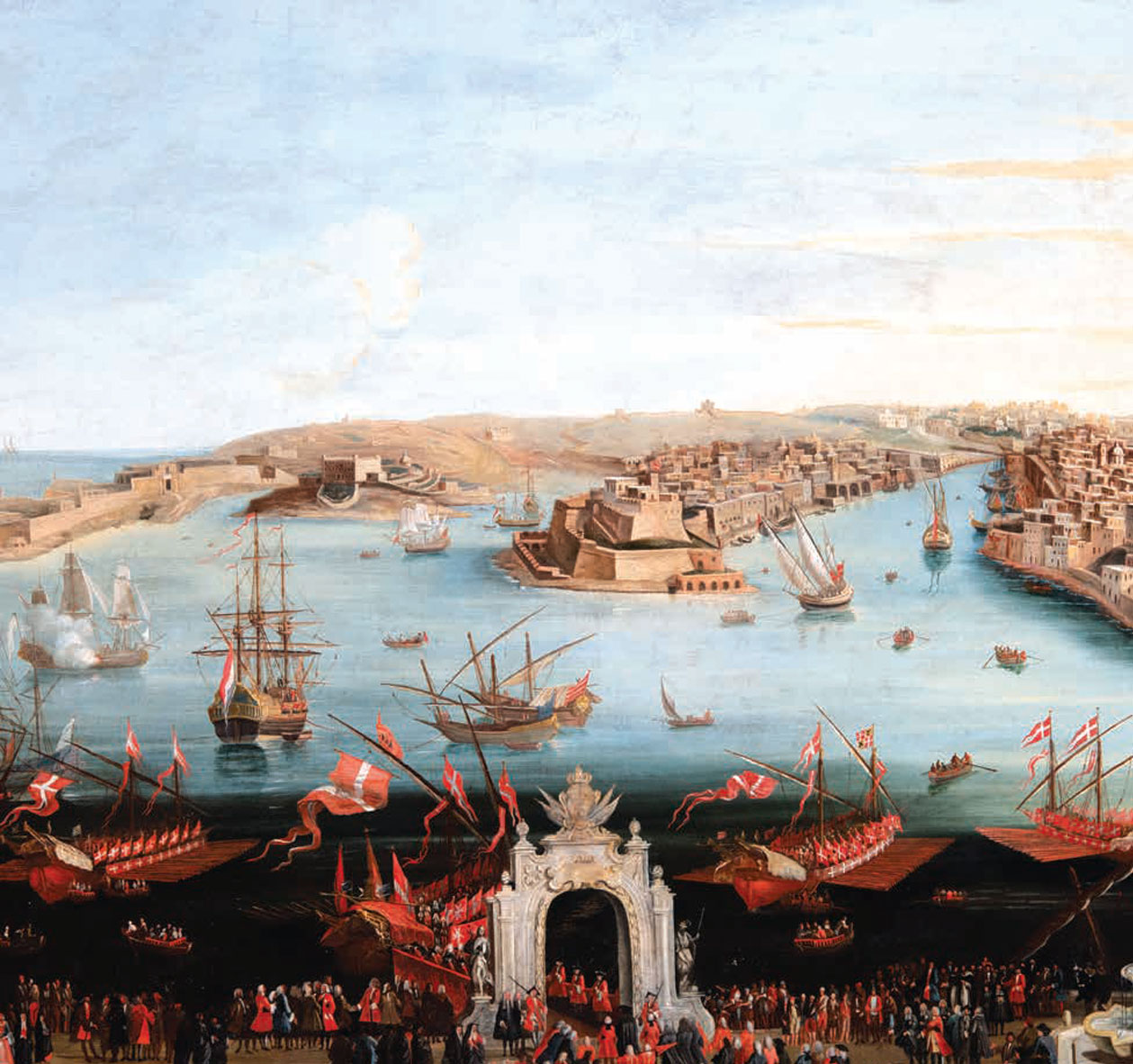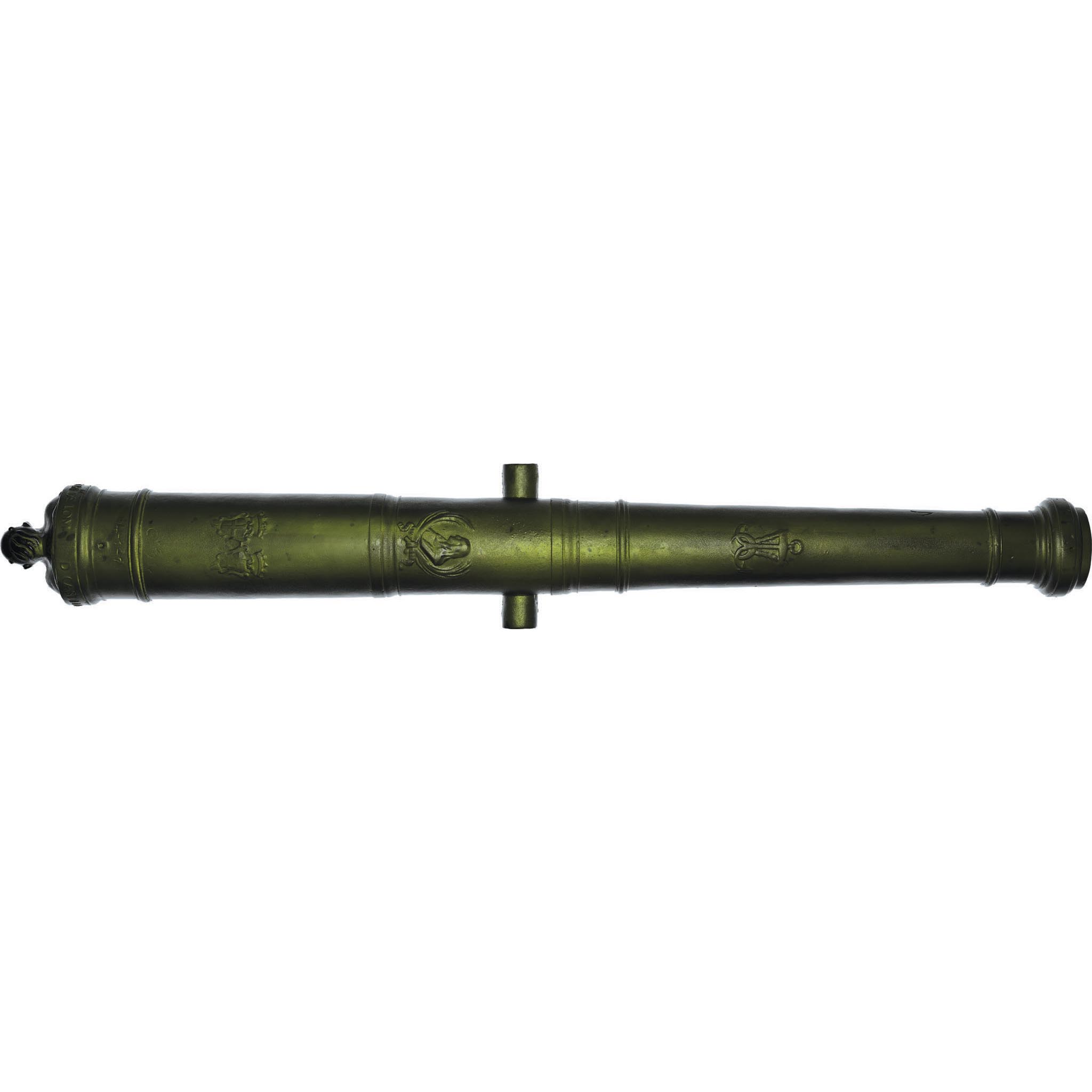The rambata, a distinctive feature of Mediterranean galleys between the 16th and 18th centuries, represented both a tactical necessity and a proud emblem of maritime power. At sea during raiding expeditions, picture tens of mariners, gunners and soldiers coexisting within its confined, claustrophobic spaces, engaging in daily activities ranging from eating meals to sleeping, playing cards or dice and even fulfilling basic bodily functions; the smell of a hearty minestra alongside that of sweat and excrement. At local celebrations in port, imagine instead the platform cleaned, adorned with flags, pennants and gilt decorations – turning it into a symbol of naval prowess – its gunners setting the bronze guns off to a deafening noise, perhaps in honour of a newly-elected Prince, and to the unmistakably pungent smell of saltpeter and sulphur, as countless bells toll across the harbour in jubilation.
In the carrosse at the other end, whether celebrating a naval victory or a feast for Malta and the Order, the naval officers are heard toasting to the clang of crystal glasses, overflowed with a sweet malvasia that few onboard have, or ever will, get to taste.
The rambata: a dynamic microcosm of a Mediterranean community at the crossroads.











